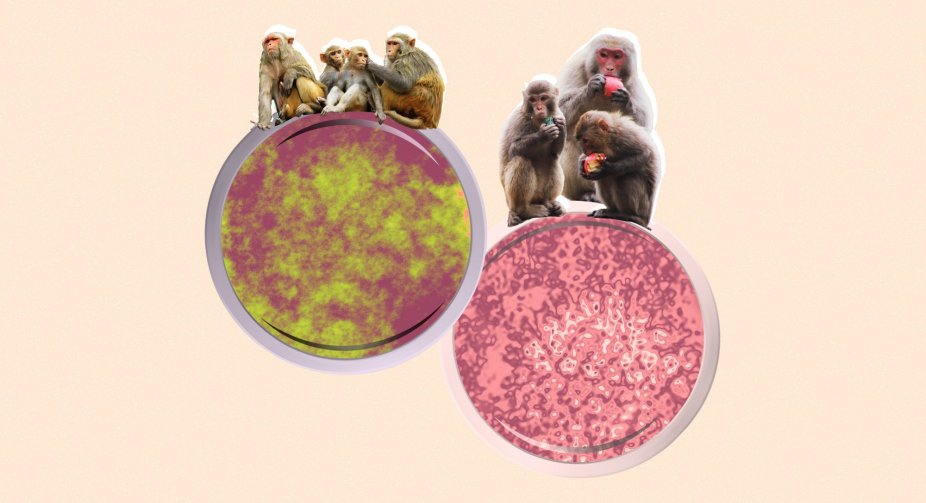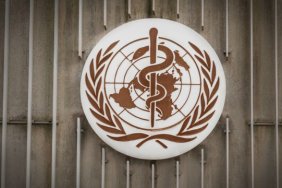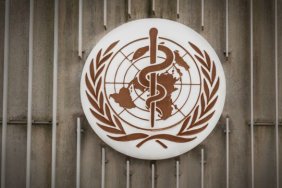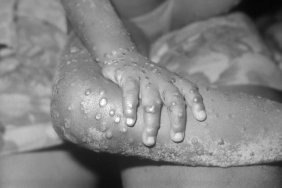Monkeypox has been known since the 19th century. Now it is of particular concern for many reasons, in particular the acceleration of the spread and the lack of antiviral therapy. Olga Golubovskaya, chief infectious disease doctor of Ukraine, professor and honored doctor, wrote about it on her page in the social network.
How does the disease manifest itself?
According to Professor Golubovskaya, the clinical course of the disease can be benign with small rashes (and quite severe with a massive rash, multi-organ lesions, respiratory failure, keratitis, corneal ulcers, blindness, encephalitis and mortality up to 10%).
"Characteristic is an increase in various groups of lymph nodes, and sometimes this occurs before the onset of clinical manifestations, the rash often suppurates and leaves scars, although not as gross as in smallpox. Duration of the disease is 2-4 weeks. The disease is transmitted by airborne, contact, vertical (from mother to child) and the sexual route has not yet been proven. Infection is spread not only among monkeys but also among some other animals, in particular among rodents. Hospital-acquired and laboratory-acquired cases have been described. Earlier it used to be mostly children under 16 years of age who had the main mortality rate ", - said Golubovskaya.
Origin and spread of monkeypox.
Even in the XIX century, researchers described the disease in monkeys, proceeding with copious pustular (pustular) rash and marked lethality. In 1958, a similar disease broke out in monkeys imported from Singapore in Copenhagen. Virological studies revealed poxviruses different from smallpox and cowpox virus. In 1970, the disease was found in a 9-year-old child in the Congo. It was similar to smallpox. Further cases were recorded in several countries in Africa and confined to the tropical forests of central and western Africa until 2003, when the first cases were reported in the United States.
In 2021, two cases of monkeypox were reported in Dallas and Maryland in travelers from Nigeria. And now, in May of this year, Great Britain has already reported 20 cases of monkeypox, the first of which was again found in a patient arriving from Nigeria. Familial transmission of the disease, including a young child, has been proven. Of particular concern are local cases of transmission.
The Massachusetts Department of Public Health has also announced a confirmed case of monkeypox in an adult male who recently visited Canada.
Why the disease is so worrisome to the world.
First, as Golubovsky explains, the elimination of smallpox and the elimination of vaccination has the power to facilitate the introduction of poxviruses from animals into the human population, as even students have been told repeatedly in lectures.
"Second, it is estimated that today less than one in three people are immune to smallpox, and multiple passages of the virus through a non-immune person can give it new pathogenic properties, more aggressive (SARS-CoV-2 as an example), and we may return another form of smallpox to humanity," said the infectious disease specialist.
Third, antiviral therapies are not available right now.
"Although the FDA recently approved a smallpox drug, TROCH. Whether it or other smallpox remedies (such as methisazone) will be effective is a big question," the specialist specifies.
Fourth, it is really spreading rapidly over the whole time of surveillance.






